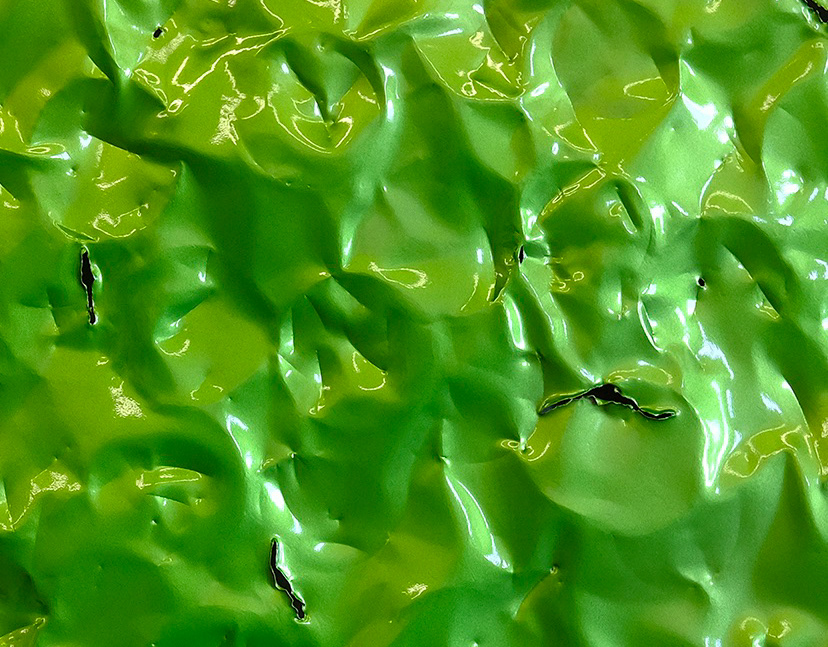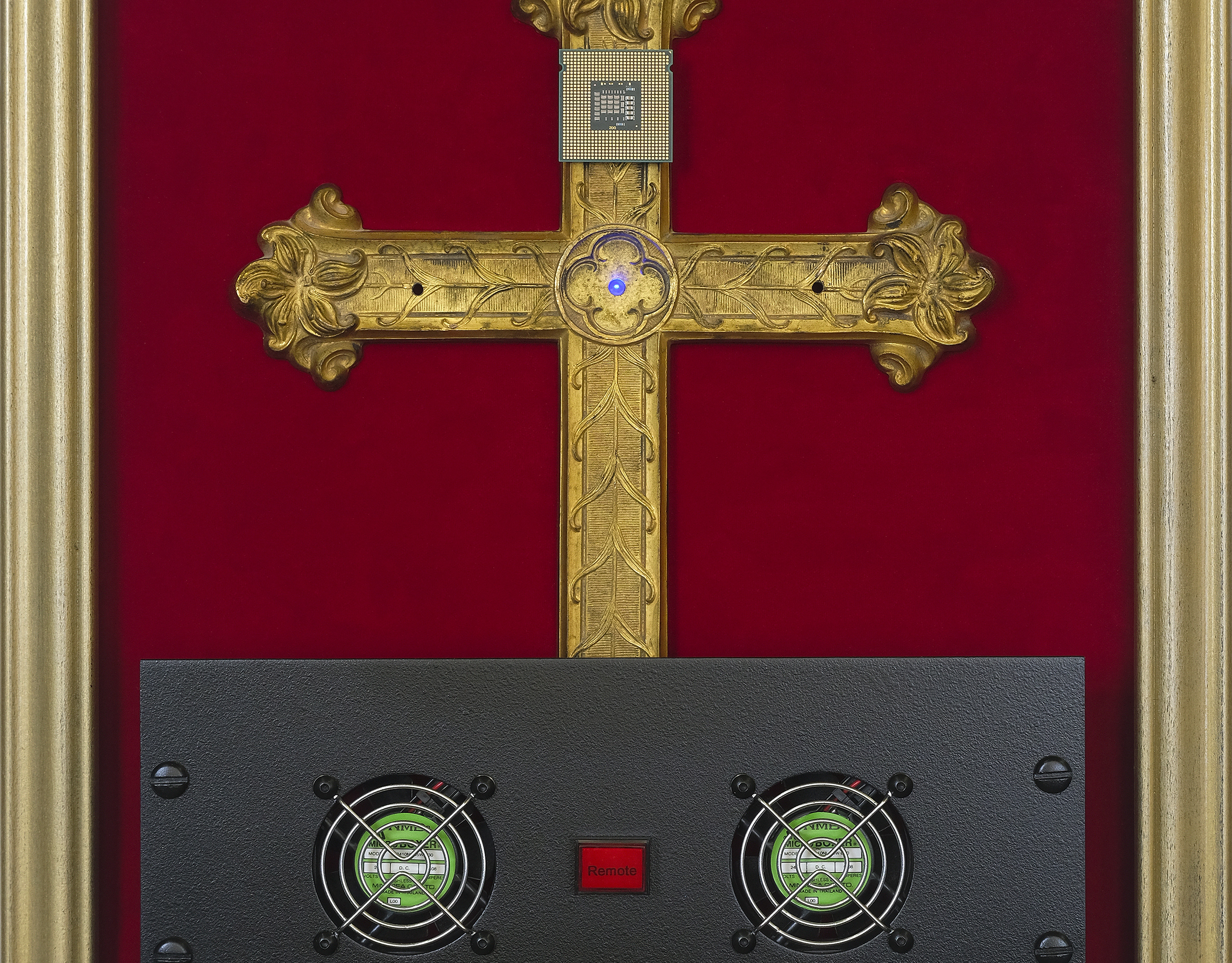Available for purchase: $2,000
In his poignant conceptual mixed-media artwork, contemporary artist Keith Francis confronts the painful legacy of racial segregation and disenfranchisement of African Americans' voting rights in the Southern United States. Commissioned for A Commemoration of the Civil Rights Movement 1964–1968, a juried exhibition at Delaware State University, a historically Black university in the South, this piece serves as a critical reflection on historical injustices, especially those enforced by Jim Crow laws, including literacy tests, poll taxes, economic retaliation, and violence.
Francis’s work scrutinizes the inequities embedded in literacy tests, which were ostensibly applied to both white and African American voters. In reality, these assessments disproportionately targeted African Americans with arbitrary and often nonsensical questions designed to disenfranchise rather than evaluate educational attainment. One chilling example includes the infamous question posed in Alabama: “How many bubbles are in a bar of soap?” This absurdity starkly illustrates the discriminatory mechanisms at play and the broader power dynamics that marginalized African American voices.
Visually, Francis encapsulates this systemic inequality through the use of a sign labeled “white” and “colored” that delineates would-be voters by race. The white applicant panel features a round peg that fits into a round hole, illuminated by a green light that signals a PASS. In stark contrast, the colored applicant panel displays a square peg that cannot fit the round hole, resulting in a red light that signifies a FAIL. This clear dichotomy powerfully visualizes the arbitrary and unjust barriers faced by African American voters, reinforcing the ongoing struggle for racial equality and the fundamental right to participate in democratic processes.
Through this compelling visual and conceptual framework, Francis transcends mere representation; he engages viewers in a critical dialogue about the historical and contemporary implications of voting rights and systemic racism. By situating his work within a contemporary art context, Francis aligns himself with a lineage of artists who wield their art as a platform for social commentary, addressing pressing issues of identity, justice, and equality. This approach resonates with the works of artists like Kerry James Marshall and Fred Wilson, who challenge historical narratives and highlight the importance of including marginalized voices in the broader discourse.
The significance of Francis's artwork extends beyond its historical references; it prompts urgent reflection on the current state of voting rights in America. Amid ongoing discussions surrounding voter suppression, gerrymandering, and systemic inequities, Francis's piece echoes with urgency. It serves as a stark reminder of the ongoing fight for equality and the necessity of safeguarding the rights of all citizens to partake in the electoral process.
In this way, Keith Francis’s work stands as an important testament to the power of contemporary art to illuminate historical injustices, provoke thought, and inspire action, urging society to remain vigilant in the pursuit of justice and equality for all. The context of its exhibition at Delaware State University enhances its impact, underscoring the role of historically Black institutions in fostering discussions around civil rights and social equity.










